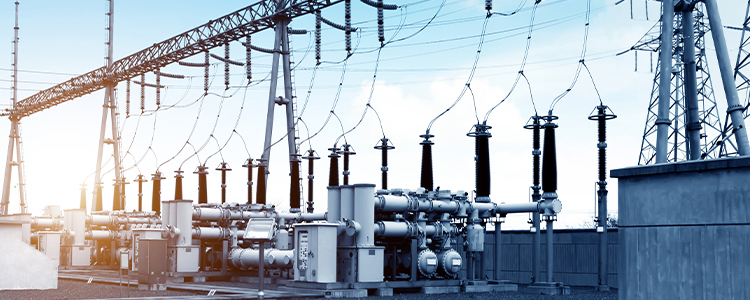- All
- Product Name
- Product Keyword
- Product Model
- Product Summary
- Product Description
- Multi Field Search


Views: 0 Author: Site Editor Publish Time: 2024-08-19 Origin: Site
The insulation class of the dry type transformer is not a concept of insulation strength, but an allowable temperature rise standard. It is classified based on the temperature class of the insulation material, including A, E, B, F, and H Class, each of which has its corresponding allowable maximum operating temperature. The specific standard is as follows:
| Insulation Class | A | E | B | F | H |
| Maximum Allowable Temperature (℃) | 105 | 120 | 130 | 155 | 180 |
| Winding Temperature Rise Limit (℃) | 60 | 75 | 80 | 100 | 125 |
| Performance Reference Temperature (℃) | 80 | 95 | 100 | 120 | 145 |
The insulation class of the insulation material refers to the temperature tolerance class of the material, mainly determined by its performance. The insulation class of the dry type transformer is largely determined by the insulation level of the material.
A Class Insulation Material
The insulation structure is composed of materials such as cotton yarn, silk, paper, or their combinations that have been impregnated or immersed in liquid dielectrics (such as transformer oil).
E Class Insulation Material
The insulation structure is composed of a combination of synthetic organic thin films, synthetic organic porcelain paints, and other materials.
B Class Insulation Material
The insulation structure is composed of mica, glass fiber, asbestos, and other inorganic materials, suitable organic materials, or their combinations, bonded or impregnated with suitable resins, coated with them.
F Class Insulation Material
The insulation structure is composed of mica, glass fiber, asbestos, and other inorganic materials, organic materials, or their combinations, bonded or impregnated with special organic materials (such as resins synthesized from silicon organic compounds as adhesives).
H Class Insulation Material
The insulation structure is composed of mica, glass fiber, asbestos and other materials or their combinations bonded or impregnated with suitable resins (such as silicone resin), coated, or impregnated.
The protective function and insulation performance of the dry type transformer make them safer and more effective in use. The insulation class is the most vulnerable link in the operation of the dry type transformer that is easily affected by high temperatures. Therefore, selecting appropriate insulation materials and classes is crucial to ensure the long-term stable operation of transformers.
content is empty!
content is empty!